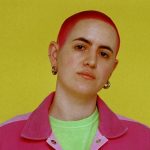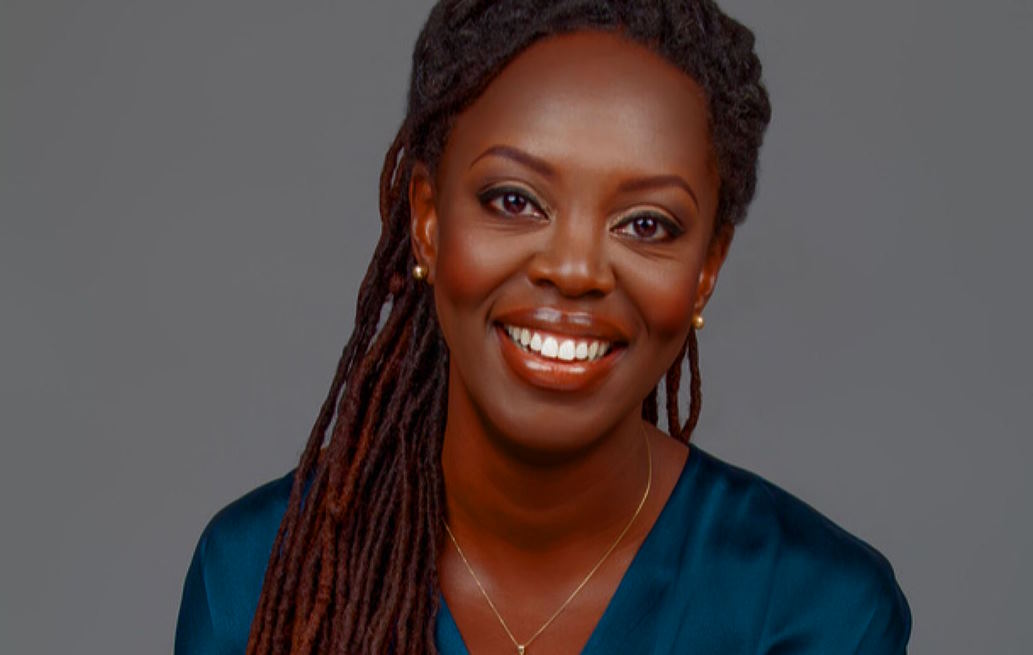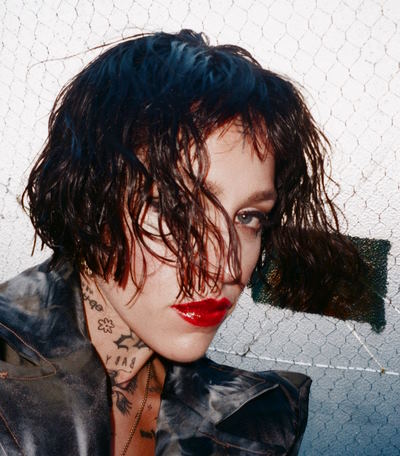
The Power of Hair: Exploring the Role of Hairstyles in Shaping Gender Identity
Hair has always been an important aspect of our identity, whether we like it or not. From ancient civilizations to modern times, hair has been used as a form of self-expression and an indicator of social status and cultural identity. However, one of the most significant roles hair has played throughout history and continues to play today is in shaping gender identity. Hairstyles have been used to signify gender for centuries, with societal norms dictating how men and women should style their hair. In recent years, the intersection of hairstyles and gender identity has become increasingly complex, with a rise in gender-neutral hairstyles challenging traditional gender norms.
Contemporary Hairstyles and Gender Identity
In recent years, the world of hairstyles has seen a significant shift towards gender-neutral styles, challenging traditional gender norms and expectations. This shift has been driven by a variety of factors, including the rise of social media and increased visibility of non-binary and gender non-conforming individuals. Gender-neutral hairstyles are styles that do not conform to traditional gender norms and are often characterized by shorter lengths and androgynous styles.
Social media has played a significant role in the promotion of gender-neutral hairstyles. Platforms like Instagram, Twitter, and TikTok have given individuals a platform to express themselves and showcase their unique hairstyles. This has helped to create a sense of community and support for those who may feel marginalized due to their gender identity. It has also allowed for increased visibility of gender-neutral hairstyles, making it easier for individuals to find inspiration and ideas for their own hairstyles.
The cultural and social implications of hairstyles for gender identity are significant. Hairstyles have long been used as a way to express identity and convey social status. For many individuals, hairstyles can be a source of empowerment, a way to assert their identity and break free from societal norms. However, for those who do not conform to traditional gender norms, hairstyles can also be a source of discrimination and harassment.

The Intersection of Hairstyles and Identity Politics
Hairstyles are not just about personal style or preference, but they are also deeply intertwined with identity politics. The way people style their hair can signal their cultural, racial, or ethnic identity. This has been particularly significant for marginalized communities who have used hairstyles to assert their identity and resist assimilation.
One example of this is the role of hairstyles in racial and ethnic identity. Historically, hairstyles have been used as a way for people of color to assert their cultural identity in a society that often seeks to assimilate or erase their identity. For example, hairstyles like braids, dreadlocks, and afros have been an important part of Black culture for centuries. These hairstyles not only serve as a symbol of Black identity but also represent a resistance to Eurocentric beauty standards that have historically been imposed on Black communities.
However, with the rise of cultural appropriation, hairstyles have also become a source of controversy and debate. Cultural appropriation refers to the adoption of cultural elements from one group by another, often without respect for the cultural significance of these elements. Hairstyles like cornrows and dreadlocks, which have long been associated with Black culture, have been appropriated by individuals outside of the community. This can be harmful as it erases the cultural significance of these hairstyles and perpetuates the erasure of Black voices and experiences.
Moreover, some hairstyles have become associated with political and social activism, as individuals use their hair to send a message or make a statement. For example, the feminist slogan “the personal is political” has been applied to hair as well, with women using their hair as a way to challenge gender norms and express their feminist beliefs. The same can be said for individuals who use their hair as a way to express their political or social beliefs, like wearing a specific hairstyle to show support for a particular cause or movement.
The Future of Hairstyles and Gender Identity
As society becomes more inclusive and accepting of diverse gender identities, the role of hairstyles in shaping gender identity is likely to continue to evolve. Here are some potential directions for the future of hairstyles and gender identity:
The potential for hairstyles to continue to challenge gender norms
 Gender-neutral hairstyles have already begun to challenge traditional gender norms, and this trend is likely to continue in the future. As more individuals seek to express themselves authentically and push back against binary gender expectations, we can expect to see more experimentation with hairstyles that defy gender categorization.
Gender-neutral hairstyles have already begun to challenge traditional gender norms, and this trend is likely to continue in the future. As more individuals seek to express themselves authentically and push back against binary gender expectations, we can expect to see more experimentation with hairstyles that defy gender categorization.
The role of technology in shaping hairstyles and gender identity
Technology has already had a significant impact on the world of hairstyles, with social media platforms providing a platform for individuals to showcase their unique styles. In the future, technology may play an even more significant role in shaping hairstyles and gender identity. For example, virtual try-on tools could allow individuals to experiment with different hairstyles before committing to a new look.
The importance of understanding the significance of hairstyles in shaping individual and collective identities
As the role of hairstyles in shaping gender identity continues to evolve, it is important for individuals and society as a whole to understand the cultural and historical significance of different hairstyles. This includes recognizing the ways in which hairstyles have been used as a tool for resistance and asserting identity by marginalized communities. It also means being aware of the potential for cultural appropriation and ensuring that we approach hairstyles with respect and sensitivity.
